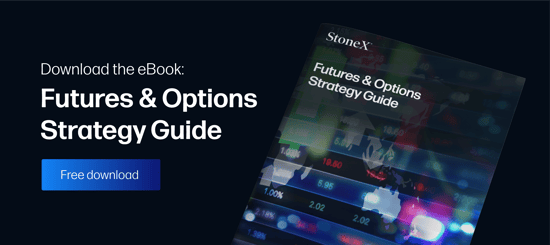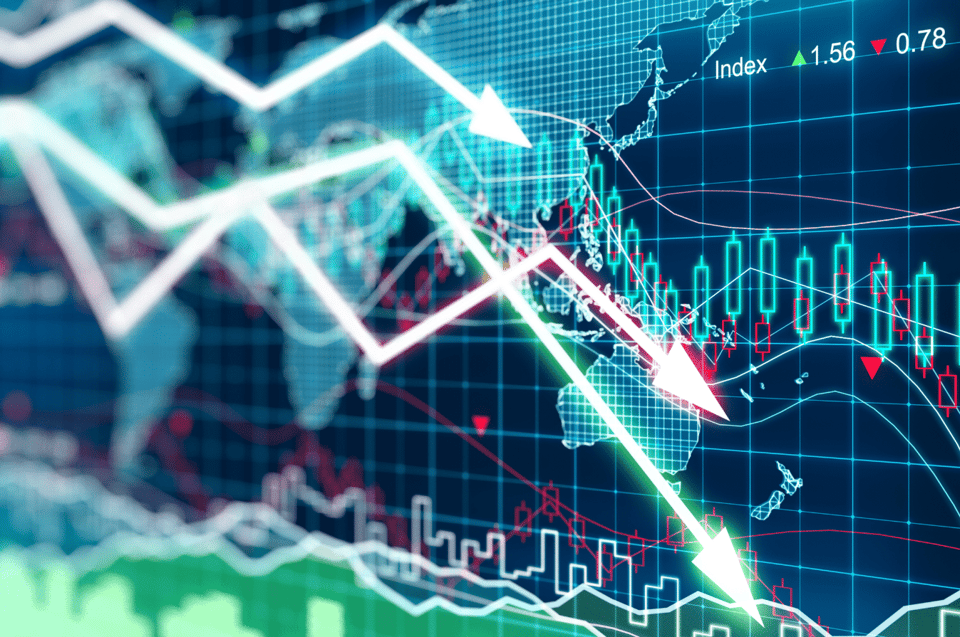When it comes to entering and exiting the futures markets efficiently, traders can implement a variety of strategies. Some of the most common strategies involve the use of stop limit and stop market orders. These two orders are very different from the other, but traders can apply both to limit the impact of sparse liquidity and slippage upon profitability. In this article, we’ll break down the difference between a stop vs. limit order and what that means for trading.
Stop Limit Orders: Purpose and Function
The origins of the stop limit order go back to the days of the open outcry system. Before electronic order entry platforms became the futures industry norm, traders entered and exited the markets through direct interaction on the trading floor or “pit.” In this system, “fill-or-kill” orders were used to ensure that if an order could not be entirely filled at a specific price, it was deemed null and void.
Fill-or-kill orders were a common method of reducing the negative impacts of slippage and partial fills in futures and equities trading. In much the same fashion, a stop limit order may be used to ensure that a trade is executed at a designated price or better.
For instance, assume Trader A is interested in purchasing 2 contracts of WTI crude oil at $65.00. The market is exceptionally volatile, thus Trader A accepts a 3-tick allowance for slippage.
Any trades are educational examples only. They do not include commissions and fees.
The good news for Trader A is that placing a stop-limit buy order at $65.00 is easily accomplished via a few mouse clicks. After the order is entered at market, here is how the trade will function:
- Two unique price points are established representing each location of the stop and limit orders.
- The limit order is set at the desired price of $65.00.
- The stop order is linked to the limit order, to be executed within three ticks of $65.00.
- In the event price hits $65.00, three scenarios may unfold: The order is filled immediately at $65.00, at market up to $65.03, or passed over completely if all prices are unavailable.
Stop limit orders are a powerful tool to have in your arsenal when trading exceptionally thin or volatile markets. They are capable of limiting slippage by optimizing order entry. However, they do not guarantee a fill. In the event that market entry must be absolute, a different order type is likely preferable.
Stop Market Orders: An Efficient Way to Make a Quick Getaway
The vast majority of professional futures traders use some form of risk management each and every time a market is entered. By far, the most common method of limiting downside risk is through the use of a stop loss. A stop loss is simply an order placed upon the market to ensure that a negative trade is exited before any undue loss of capital is realized.
Although a stop-limit order may be used as a stop loss, it does not guarantee that a negative trade is exited. A stop market order ensures that a trade is closed out immediately when price moves to the predefined level. The functionality of a stop market order is simple: When a designated price is hit, a market order is executed immediately to close out the open position.
For instance, let’s assume that Trader A’s long position in WTI crude from $65.00 proved ineffective. Upon the trade becoming active, the price began to reverse toward Trader A’s stop market order located at $64.74. When the price penetrated $64.74, a “sell” market order was executed rendering the position flat.
Any trades are educational examples only. They do not include commissions and fees.
Stop market orders are ideal when a trade is proven wrong and it’s time to hastily exit the open position. Once the stop loss price is achieved, a market order is immediately executed. However, due to the fact that the order is filled according to prevailing market conditions, it’s still possible to sustain considerable slippage.
Getting Started
A crucial aspect of successful trading is selecting an appropriate order type for the job. Ultimately, trading style and size have tremendous bearings on which variety of order is optimal.



